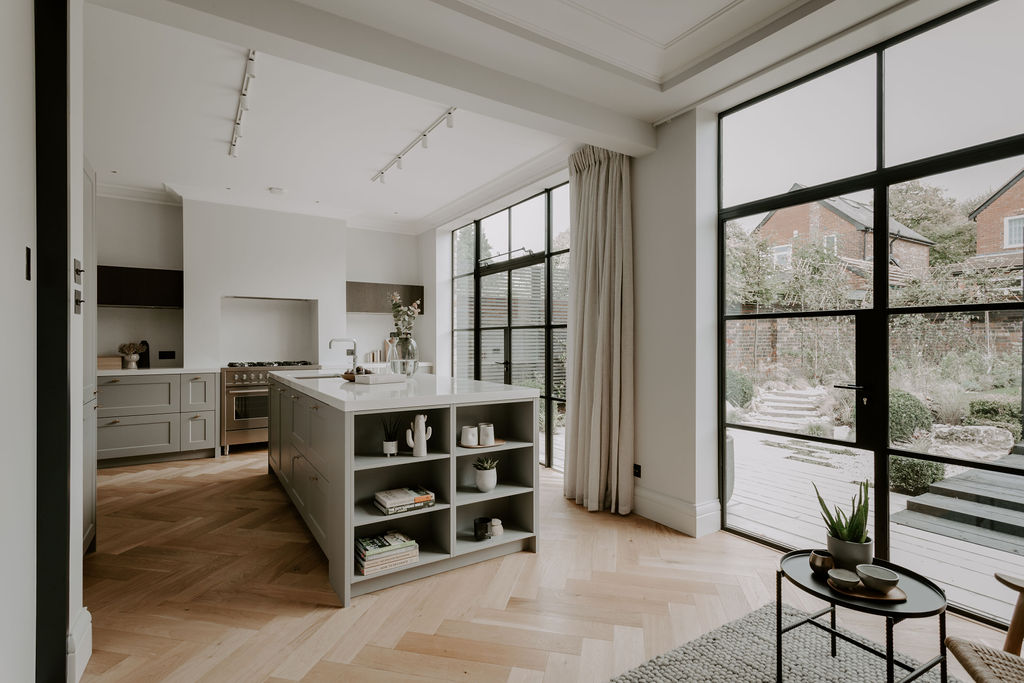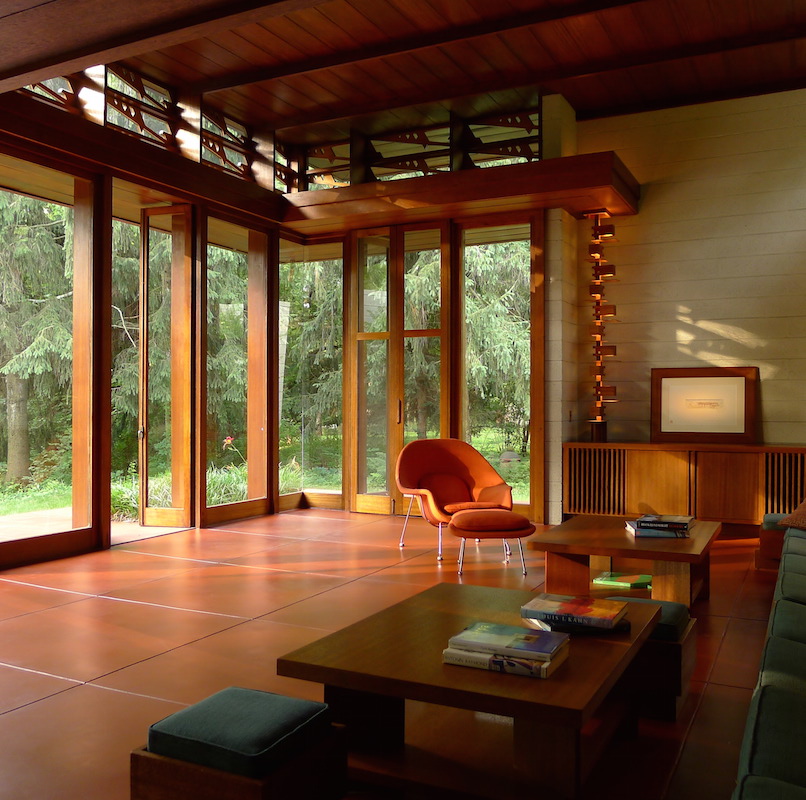Gorgeous Countryside Interior Styling for Nature-Inspired Living
Gorgeous Countryside Interior Styling for Nature-Inspired Living
Blog Article
The Art of Balance: How Interior Design and Home Engineer Collaborate for Stunning Results
In the realm of home design, striking a balance between looks and performance is no little accomplishment. This delicate equilibrium is attained via the unified partnership between interior designers and engineers, each bringing their one-of-a-kind expertise to the table. Stay with us as we discover the details of this joint process and its transformative impact on home design.
Recognizing the Core Distinctions In Between Inside Design and Home Architecture
While both interior layout and home architecture play essential duties in creating visually pleasing and useful spaces, they are naturally various disciplines. It deals with the 'bones' of the structure, functioning with spatial measurements, load-bearing walls, and roofing system layouts. On the other hand, interior style is much more worried with enhancing the visual and sensory experience within that framework.
The Harmony Between Home Design and Interior Style
The harmony in between home architecture and Interior Design lies in a common vision of style and the improvement of functional appearances. When these two fields line up sympathetically, they can change a home from ordinary to remarkable. This partnership needs a much deeper understanding of each technique's concepts and the capacity to produce a natural, cosmetically pleasing setting.
Unifying Layout Vision
Unifying the vision for home architecture and Interior Design can create a harmonious home that is both useful and cosmetically pleasing. The equilibrium starts with an incorporated way of thinking; architects and interior developers collaborate, each bringing their competence. This unison of concepts develops the style vision, a blueprint that guides the project. This shared vision is important for consistency throughout the home, ensuring a fluid shift from exterior style to indoor areas. It promotes a synergistic approach where building components enhance Interior Design parts and the other way around. The result is a cohesive home that mirrors the home owner's way of life, preference, and individuality. Therefore, unifying the layout vision is important in blending architecture and Interior Design for sensational results.
Enhancing Practical Appearances
Exactly how does the harmony between home style and Interior Design improve functional looks? This synergy allows the creation of areas that are not just visually enticing but likewise pleasantly usable. Engineers prepared with their architectural layout, guaranteeing that the room is practical and effective. The indoor developer after that complements this with very carefully picked elements that improve the appearances without endangering the performance. This unified collaboration can result in homes that are both lovely and liveable. For circumstances, an engineer might develop a home with high ceilings and huge home windows. The indoor developer can after that emphasize these features with sheer curtains and tall plants, respectively, therefore improving the aesthetic charm while preserving the functional advantages of all-natural light and space.
Significance of Collaboration in Creating Balanced Spaces
The collaboration between indoor designers and designers is critical in producing balanced spaces. It brings consistency between design and architecture, giving birth to areas that are not just visually pleasing yet likewise functional. Discovering successful joint techniques can offer insights right into just how this harmony can be efficiently attained.
Balancing Design and Style
Equilibrium, an essential facet of both Interior Design and design, can just really be attained when these two areas work in harmony. This consistency is not merely an aesthetic factor to consider; it influences the functionality, durability, and eventually, the livability of a room. Interior designers and designers must comprehend each various other's roles, respect their expertise, and communicate successfully. They must take into consideration the interplay of structural aspects with style, the flow of spaces, and the effect of light and shade. This collective process leads to a natural, well balanced layout where every element contributes and has a function to the general visual. Consequently, harmonizing design and architecture is not almost creating stunning areas, however regarding crafting areas that function flawlessly for their citizens.
Successful Collaborative Strategies

Case Researches: Successful Integration of Style and Architecture
Examining numerous situation studies, it becomes obvious how the effective combination of Interior Design and design can transform an area. The Glass Residence in Connecticut, renowned for its minimalistic sophistication, is one such example. Engineer Philip Johnson and interior developer Mies van der Rohe collaborated to develop a harmonious equilibrium between the interior and the framework, leading to a seamless flow from the outside landscape to the inner living quarters. An additional exemplar is the Fallingwater Home in Pennsylvania. Architect Frank Lloyd Wright and indoor developer Edgar Kaufmann Jr.'s collaborative initiatives result in a stunningly distinct residence that blends with its natural environments. These study underline the profound effect of an effective design and design cooperation.

Getting Rid Of Difficulties in Design and Design Collaboration
Regardless of the undeniable benefits of a successful partnership between interior style and design, it is not without its challenges. Architects may prioritize structural stability and security, while designers focus on comfort and style. Effective communication, shared understanding, and compromise are vital to get over these obstacles and attain a effective and unified partnership.

Future Patterns: The Developing Partnership Between Home Architects and Inside Designers
As the world of home style remains to progress, so does the connection in between designers and indoor designers. The pattern leans in the direction of a much more incorporated and collaborative strategy, breaking devoid of conventional functions. Engineers are no longer exclusively concentrated on structural stability, yet also engage in boosting visual allure - Winchester architect. Conversely, interior developers are welcoming technical elements, affecting total layout and performance. This evolving symbiosis is driven by innovations in modern technology and the growing demand for areas that are not only aesthetically pleasing my review here yet additionally practical and sustainable. The future assures an extra natural, innovative, and adaptive approach to home design, as designers and architects continue to obscure the lines, cultivating a partnership that genuinely symbolizes the art of equilibrium.
Final thought
The art of balance in home design is attained through the unified cooperation in between interior developers and designers. An understanding of each other's disciplines, reliable communication, and shared vision are important in creating aesthetically magnificent, practical, and inviting rooms. In spite of challenges, this collaboration promotes growth and technology in style. As the relationship in between home architects and indoor developers advances, it will certainly remain to shape future patterns, enhancing convenience, effectiveness, and personal expression in our home.
While both interior layout and home architecture play crucial roles in producing visually pleasing and useful spaces, they are naturally various disciplines.The harmony in between home architecture and indoor layout lies in a more information common vision of layout and the improvement of useful looks.Combining the vision for home style and interior style can produce an unified living space that is both practical and cosmetically pleasing. Thus, unifying the design vision is critical in blending design and indoor layout for spectacular results.
Exactly how does the harmony in between home architecture and interior style improve practical appearances? (Winchester architect)
Report this page